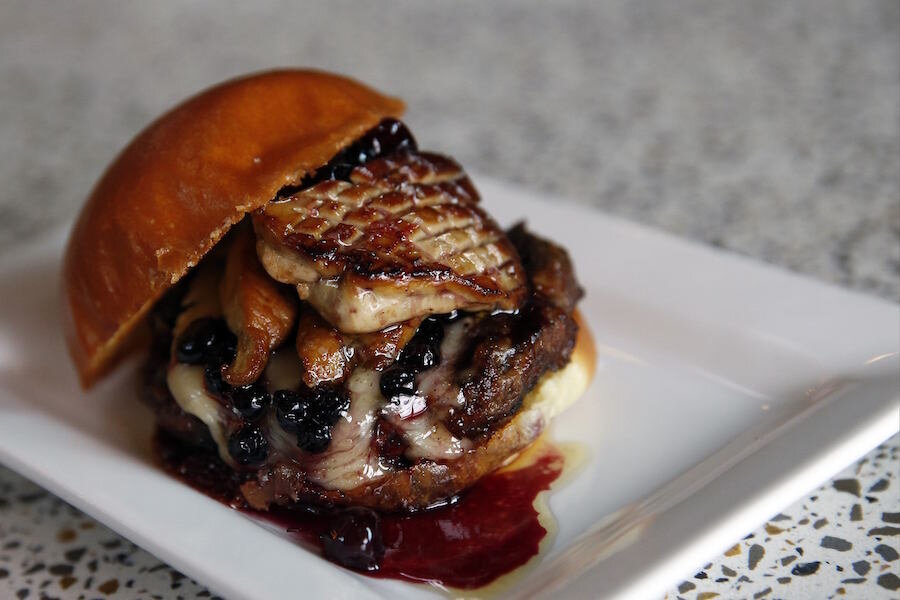American burger consumption stays strong
Americans’ love affair with burgers is still on, still hot. “Burgers certainly aren’t going away,” says Jennifer Aranas, project director for Chicago researcher Datassential, which has released its MenuTrends Keynote Report on Burgers. “In terms of consumption, they’re still going strong.”
Three out of four Americans had a burger in the past week–23% had one in the past 24 hours; another 26% in the last 2-3 days—according to the Datassential report. About two-thirds of the burgers we eat are consumed away from home, and although only about one-third of quick-service restaurants menu burgers that’s enough for QSRs to be the top source of away-from-home burgers. And when consumers think about going out for a burger, the major QSR burger chains still come to mind first, according to Datassential’s Brand Fingerprints tracking.
Nearly half of all restaurants menu burgers, according to Datassential, and beef remains the primary choice. Turkey, chicken and non-meat patties are making gains, however. Bison has increased 45% in menu appearances in the past year. Customization has established itself as a major factor in dining habits: 43% say the ability to build their burger they way they like affects their choice of restaurant.
When Americans cook burgers at home, about half are using scratch-made beef (or other protein) patties, with the rest using pre-pattied or frozen convenience foods.
Not surprisingly, Datassential’s report finds that while Cheddar, lettuce and onions are among the most commonly used toppings, the variety of foods going atop burgers is increasing. As this site has noted in the past, smoked Gouda has become a fashionable cheese choice. White Cheddar and cream cheese show gains. Sriracha made the largest gain among sauces, showing a 160% gain in menu appearances in the past year. And 66% more burgers are served on pretzel buns compared with a year ago
The MenuTrends Keynote Report on Burgers combines comprehensive data from some 7,000 menus with the opinions and behaviors of more than 1,000 consumers nationwide plus insights from hundreds of operators.







